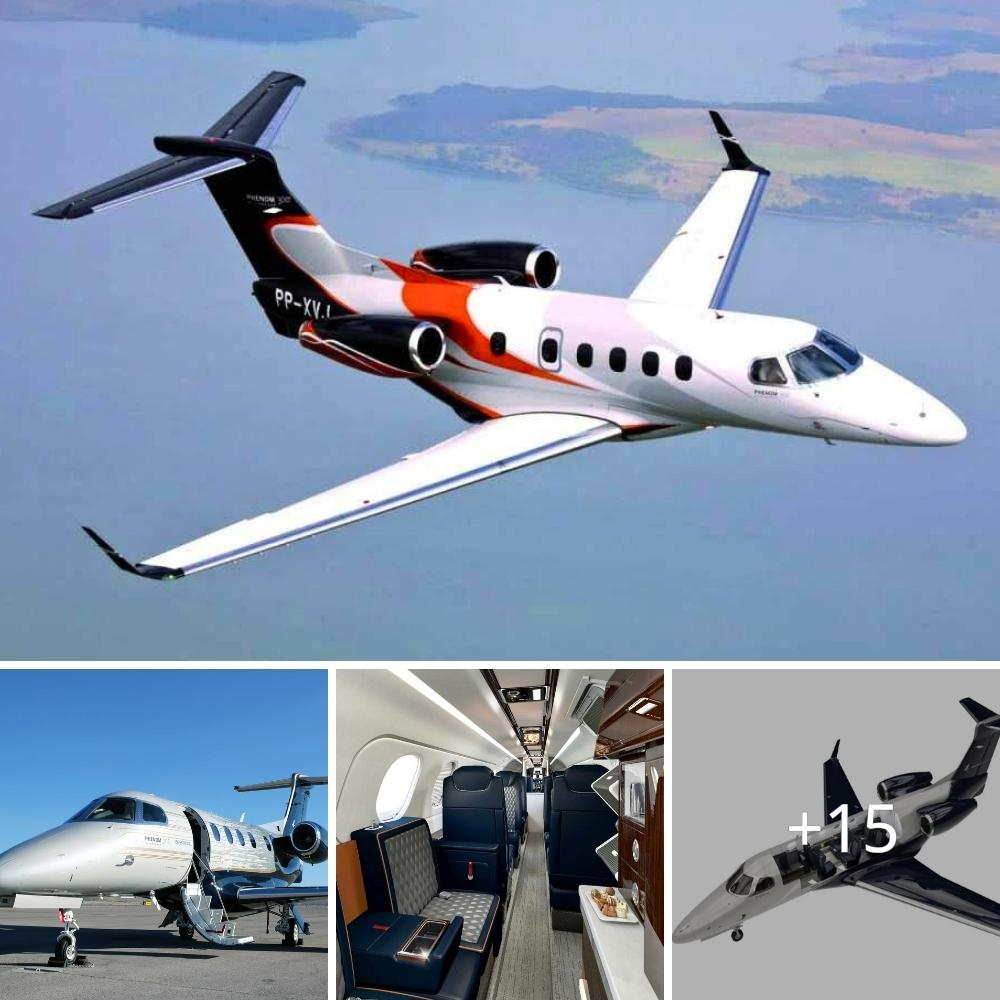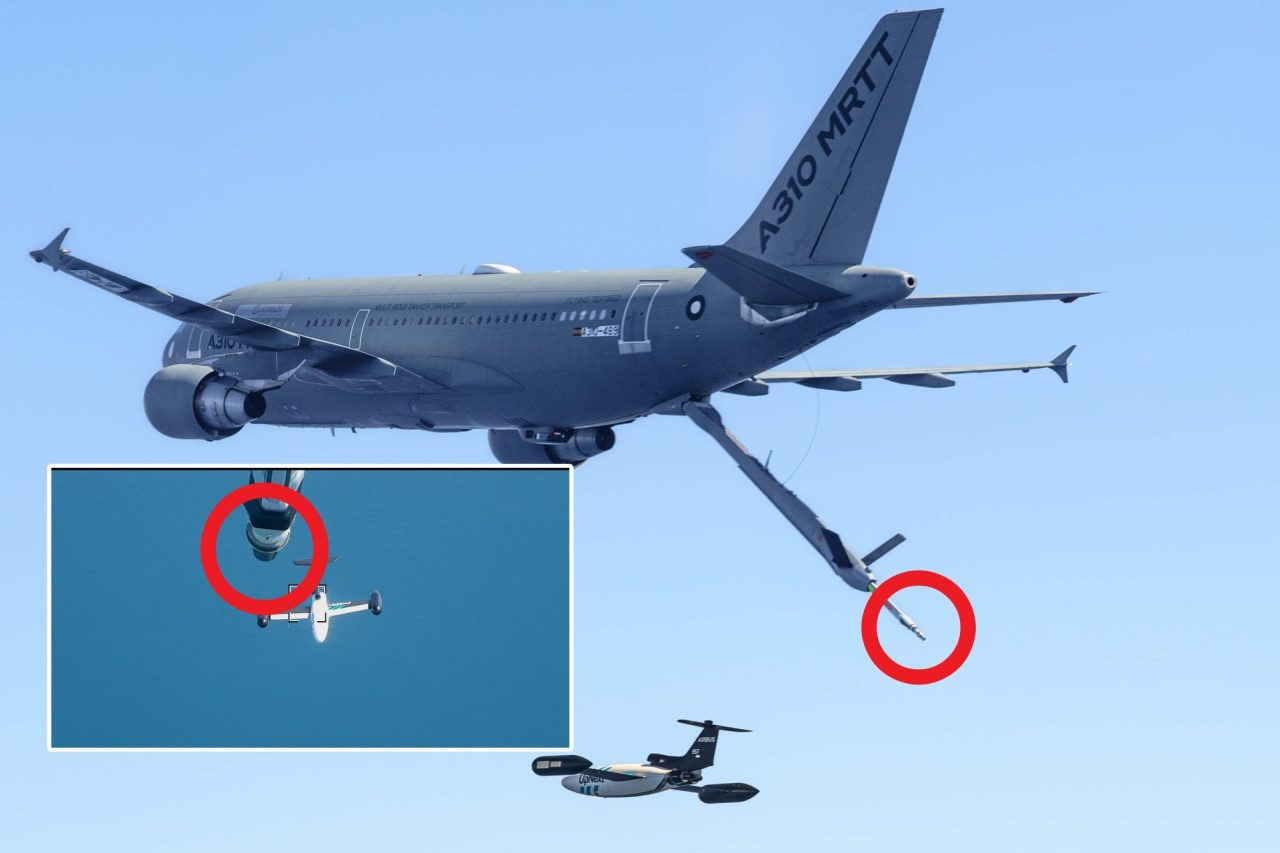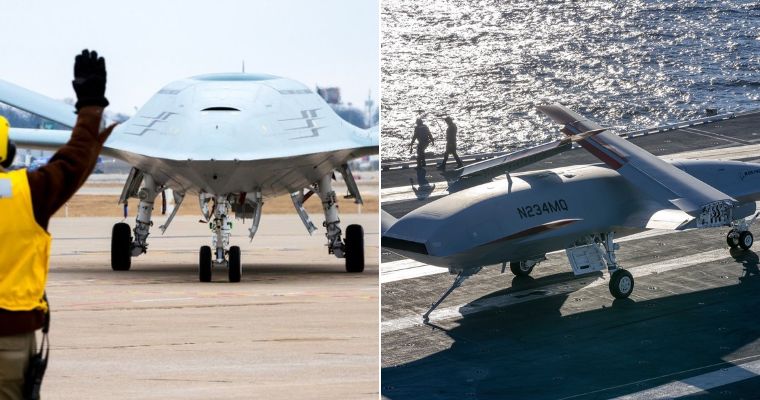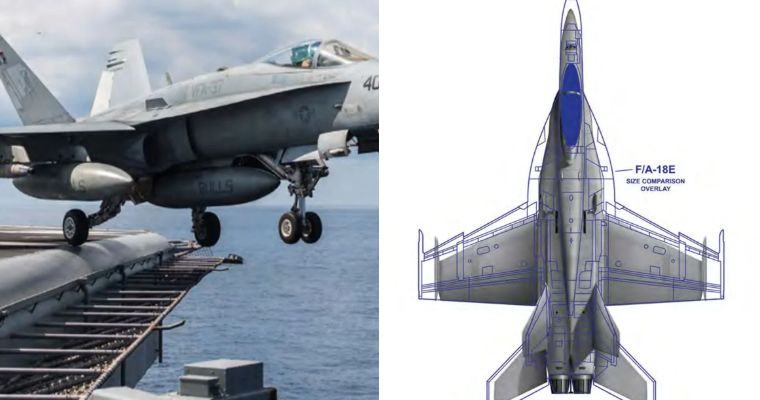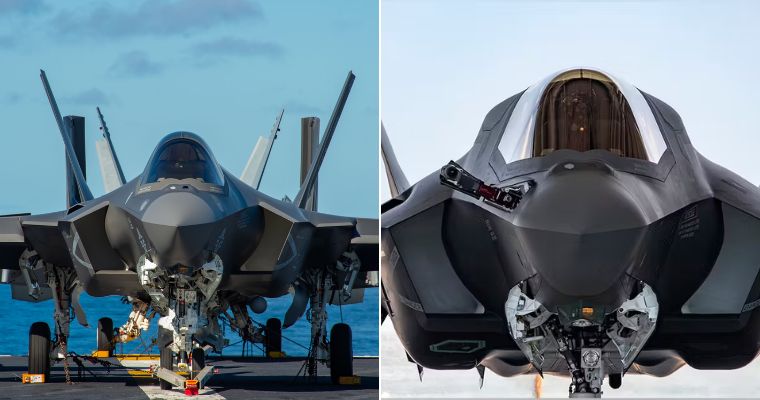The F-111 was one of the most innovative aircraft of the whole Cold War era.
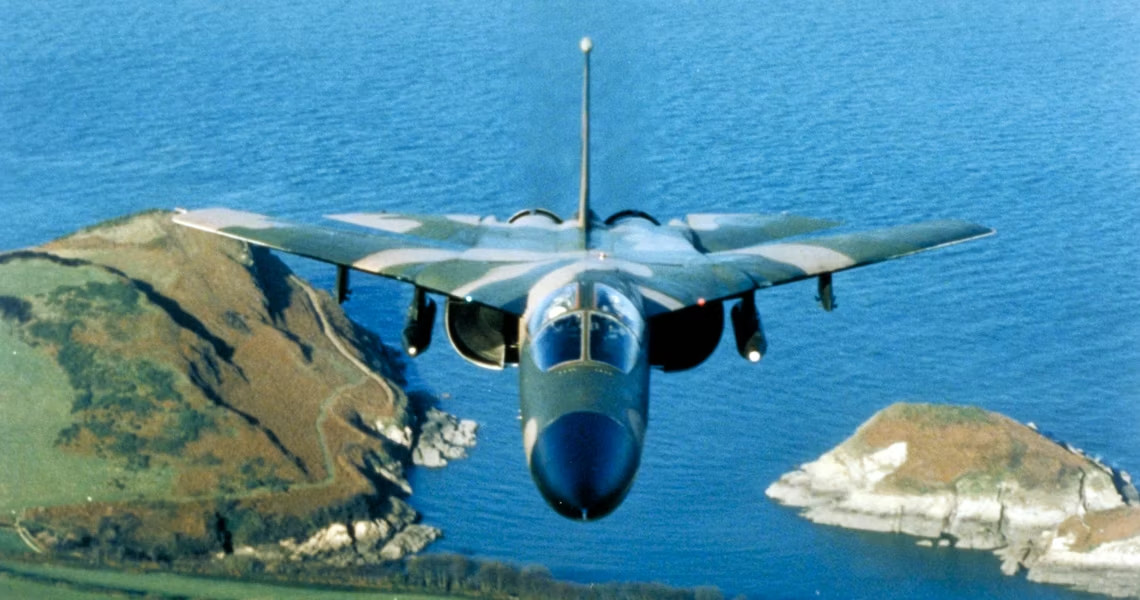
During the Cold War, military aircraft manufacturers were really pushing the envelope of what was capable with their designs. In Britain for example, the British Aircraft Company was producing the TSR2. This was a Mach 2 capable strike and reconnaissance aircraft that was designed to deliver a nuclear payload into the heart of the Soviet Union. It was an ambitious aircraft, but one that never progressed, controversially, beyond the prototype stage. And one reason for the aircraft’s failure was thanks to the American General Dynamics F-111 Aardvark.
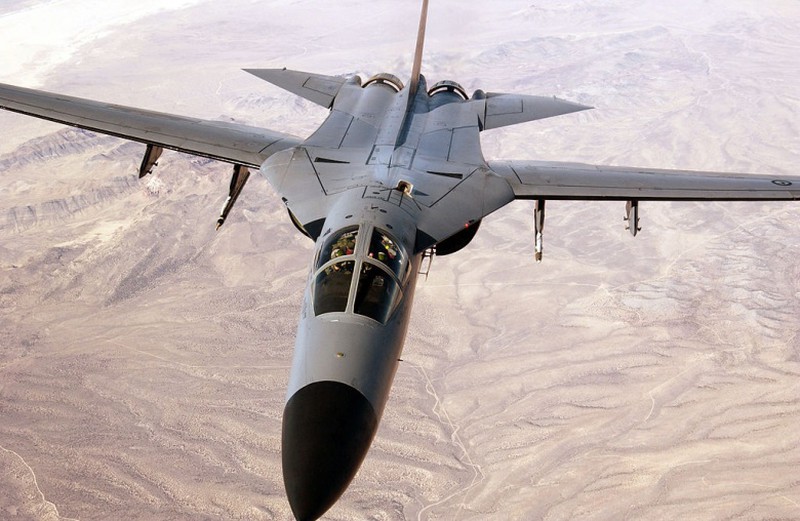
The Aardvark was in effect an American version designed for the same purpose. It was a swing-wing monster, with variable-geometry wings that would be swept back as the aircraft got faster. It very nearly spawned a fighter-based version as well. The F-111 was one of America’s most ambitious aircraft projects of the Cold War, with various cost overruns hurting its reputation. But despite that, it did prove to be a highly capable machine and various roles and served with the Air Force until the 1990s.
This is the story of the F-111 Aardvark, America’s swing-wing monster.
Development Of The F-111

via Air Vectors
The F-111 was first conceived in the 1950s, as the United States Navy looked to find a new long-range, high-endurance interceptor aircraft. While the Navy would not use the F-111, the Air Force would and in the 1960s they joined the hunt for a new aircraft to deliver a strike payload at supersonic speeds. The project really kicked into gear when Robert McNamara was appointed the Secretary of Defence in January 1961. Later that year, proposals for the aircraft came in from Boeing, General Dynamics, Lockheed, McDonnell, North American and Republic. Ultimately, it would be General Dynamics who got the go ahead for the aircraft in November 1962.

via Air Vectors
The project was originally called the Tactical Fighter Experimental, or TFX for short. The aircraft soon gained the name F-111 was General Dynamics got to work on the jet. It would be a Mach 2 capable machine, with the first mockup shown off in September 1963, and the first flight of the prototype F-111A was on December 21st, 1964. There were some initial problems, such as with compressor surge and stall issues, but these would eventually be ironed out. The F-111A would achieve Mach 1.3 in February 1965, with the power coming from its two Pratt & Whitney TF30-P-11 afterburning turbofan engines.
RELATED:Why Concorde Will Always Be An Aviation Icon
The F-111 In United States Service
The F-111 would become the first production variable-geometry wing aircraft, and it would enter service with the United States Air Force in July 1967. Their first combat missions would be in March 1968, when the F-111 was sent to Southeast Asia, where they would strike targets in North Vietnam. The aircraft would serve alongside the likes of the F-4 Phantom. However, the loss of three of them halted combat operations for the aircraft, although at least one of these losses was due to a hydraulic issue, and not enemy fire. The F-111 would go on to participate in Operation Linebacker in 1972, and the jet was starting to show its worth.

In total, the F-111 would fly some 4,000 combat missions in Vietnam, with just six lost in combat. The F-111 rose to further fame when in February 1986, two F-111s flew from Pease Air Force base in New Hampshire, to Tinker Air Force base in Oklahoma to pick up a heart for a transplant. The organ was delivered to a waiting ambulance at Bradley International Airport. The F-111 was ordered by the Royal Air Force to replace the canceled TSR2, partly thanks to pressure from the United States. But thanks to the aircraft’s cost overruns, the RAF eventually canceled the order.
Further Usage Of The F-111
via Wikimedia
The F-111 would see usage with the United States Air Force from 1967 through to 1998. The type would see use in Operation Desert Storm of the Gulf War in 1991. There, F-111Fs would complete various strike missions, predominately against Iraqi tanks and armored vehicles. Some 1,500 Iraqi armored vehicles were destroyed by the F-111s, and their use in this anti-armor role soon earned the name “tank plinking”. Despite the aircraft’s successes, however, only one other air arm would fly the F-111. That was the Royal Australian Air Force.
RELATED:The Avro Vulcan Was The Ultimate Cold War Bomber
A Fond Farewell Down Under
Dubbed the “Pig” in Australia thanks to its long nose, the F-111 entered Royal Australian Air Force service in September 1968. Here, they replaced the Australian’s English Electric Canberras from Britain. Ironically, TSR2 was meant to replace the Canberra in both Britain, and potentially Australia too. The F-111 never saw combat service with Australia, but would become a staple member of the Air Force for decades. The Australians would fly the aircraft longer than America would, and the final flight of the F-111s was at the end of 2010. And with it, the career of one of the Cold War’s most innovative aircraft was finally over.
Sources: BAE Systems, YouTube, Lockheed Martin, 19FortyFive



